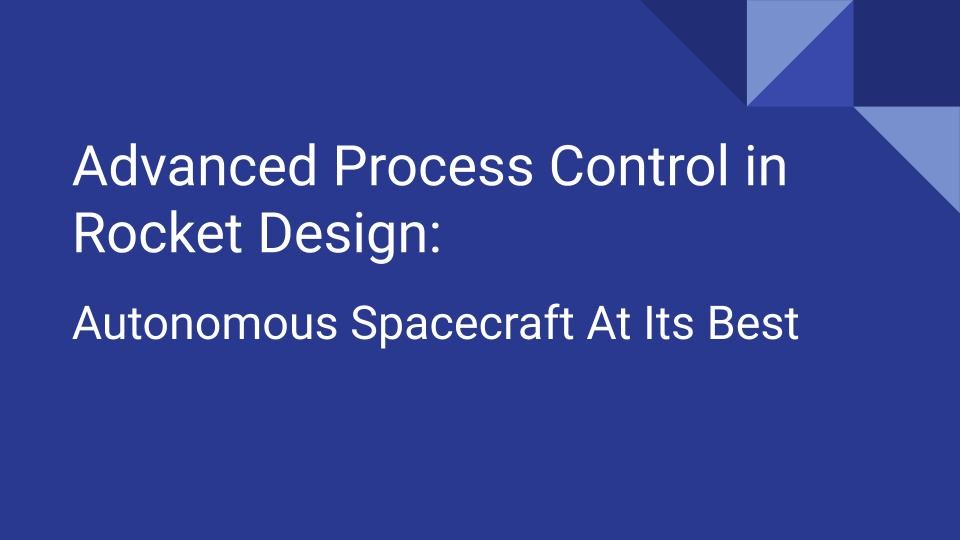
Yes, it is rocket science. With the advent of computing, the challenge of calculations are not our limit any more. What is key to our operations is the fact that we are able to design, then build a rocket engine that is not only powerful, but efficient. The rocket is the powerhouse of the space mission. It’s sole purpose is to get us to Lower Earth Orbit, and then from there to beyond. As a unit, a rocket must be able to exhibit stability during a flight, and be able to sustain a set trajectory without faltering. With stability, it will be possible to predict the direction of the rocket, and with predictability be able to determine the appropriate orbital trajectories to be taken.
Determining Rocket Stability
When it comes to controlling the stability of a rocket or any vehicle for that matter, one critical parameter to be monitored is the vehicle’s center of mass. This is the point in the rocket where the mass of the rocket is balanced. For a uniform object, via the intersection of lines of various planes, it is often possible for the center of mass to be found at one of the central planes of the object. In a rocket, knowing the center of mass enables the rocket trajectory to be predicted as the ballistic operation unfolds.
Thrust Vector Control
There are three critical motions that are taking place as a rocket progresse in flight. These are roll, pitch and yaw and are synonymous with the three planes x,y and z. Where these planes are intersected is the center of mass of the rocket. In rocket trajectory is key to ensure that these critical forces are balanced in order to be able to predict the flight path in an accurate manner. Some motions do actually stabilize the rocket, while others will cause the trajectory to shift.
The Center of Pressure
The rocket’s flight is through the atmosphere, and it is important that the center of pressure of the unit be known. Any external aggravation of the rocket by the atmosphere can cause an axis shift. With appropriate vaning on the rocket, the air flow can actually be balanced. Balanced at the tail of the rocket, the center of pressure stabilization will ensure that the rocket is actually stable in flight.
Rocket Control Systems
Process control systems are the key to rocket missions. As systems that are able to adjust to a set point with changing variables, it is possible to ensure that the rocket remains stable regardless of what is happening around it. Via a series of controllers either operated from the control room or the flight pilots, the appropriate instructions can be given to the rocket, enabling it to maneuver to its final destination. The methods of process control are via active or passive controls. Active controls are prevalent in more modern rockets and include the aerodynamic designs of the system. These include vanes and fins that aid in vector control of the units. Aside from the rocket modifications, it is possible to have a smaller rocket that is mounted on the base rocket. When they are operated, the vernier rockets do induce directional changes on the rocket.
The Mass of the Rocket
The mass of a rocket is one of the keys of its efficiency. With appropriate weight and fuel balancing the efficiency of the rocket can be optimized. As a rule of thumb, rocket designers actually do consider the ratio of the fuel to the ration of the mass of the rocket to ensure that they are optimizing the efficiency of the rocket. To adjust the parameter, with each stage of the launch, the weight of the rocket can be adjusted via staging the rocket. Booster jettison, is one of the ways to ensure that the rocket keeps its efficiency with time.
While this list is a summary of system optimization changes that keep a rocket at peak, it is definitely a starting theoretical framework that outlines how modern rockets actually operate and keep their efficiency. As new design improvements are implemented, changes will always take place in a rocket system, and new frontiers are accessed. Companies like SpaceX are actually pushing the boundaries of these frontiers and enabling the access of lower Earth orbit in a sustainable manner.
As a space faring nation, we do have intentions to embark on missions to the Moon and beyond, and the mastering of the key principles that are in this summary will be one of the ways that we’ll actually do this.
